Alcoholics and addicts created these steps to achieve sobriety. Many addictions, including substance abuse disorders, can now be treated using these concepts.
Nevertheless, know that the “steps” are only a tiny part of a 12-step recovery program.
Based on these 12 principles, each member develops their perspective. In conjunction with additional group-specific guidelines, this will serve as the foundation.
There are many questions about the different 12 step recovery programs and which would be best for you.
- What are the 12 steps?
- Do 12 Step programs have a religious component?
- The 12 Steps are each defined in what way?
- Is it a good idea to join a 12-step program?
All of these questions and more will be answered here.
Firstly, let’s focus on the most basic one.
The 12 Steps, What Are They?
Individuals suffering from addiction can change their beliefs by following the 12 Steps. The framework they form contributes to sustainable recovery. All types of 12 Step communities can help recovering addicts contribute to their personal growth and accountability.
As the foundation for individual recovery, the 12 Steps of recovery were designed. Those who are attempting to recover from addiction can use these guidelines.
“12 Steps for Drugs & Alcohol” is a well-known program. There are many ways to use the Steps, including overeating and sex addiction.
Different programs modify the original language. Nevertheless, the core message is unchanged.
Alcoholics Anonymous‘ original 12 Steps have helped countless men and women around the world maintain their sobriety.
How Does a 12 Step Program Work?
Each part plays a vital role in the overall plan.
Following each step in its entirety and sequence is essential. All of them might not appeal to you. Some challenges will be more significant than others. However, they are all crucial to your long-term success.
Each step poses its challenges. Take them on at your own pace with the assistance of your sponsor. Whether you need accountability or fellowship, a 12 step support group or just someone who will listen can also be helpful.
Don’t forget that there are twelve steps for a reason.
Step 1
We admitted we were powerless over drugs and alcohol—that our lives had become unmanageable.
Step 1 – Honesty:
This stage can be viewed as an acceptance phase.
Dr. William Silkworth is likely to have been a significant influence on AA co-founder Bill Wilson. In the early 1900s, Silkworth was among the first to recognize that alcoholism was a disease.
Willpower alone cannot control addiction. In Step One, we look to re-label addiction as a disease similar to a lethal allergy.
Behavioral will alone cannot cure addiction, and that is the first hurdle we must overcome. Before a member can achieve recovery, they must understand this lack of control.
Life has become unmanageable as addiction triggers continuously. Addiction takes over total control of a person’s wellbeing, like any incurable recurring disease.
Step 2
Came to believe that a Power greater than ourselves could restore us to sanity.
Step 2 – Hope:
Step Two represents a stage of hope for potential recovery.
Rather than leading them to question their powerlessness against the addiction, the Second Step offers them an avenue to overcome the issue.
A key term is used in Step Two:
“Higher Power”
It is important to note that this is the first mention of a higher power inside the Steps. In traditional 12 step formats, the terms “God” and “Him” may be used interchangeably with this “Higher Power” concept.
An external force that motivates you to remain sober is your Higher Power. A person usually does not possess this Power. All people, regardless of their faith, can understand this belief through this language.
The universe, religious Gods, and karma are examples of higher powers. It may be the process of recovery itself or the assistance of medical professionals.
It is up to you to define what “Higher Power” means for yourself.
It is because of the possibility of recovery that we have hope. The following statement can only be realized once the ego and the illusion of control are put aside. After Acceptance in Step One, individuals can receive guidance from external sources to aid them in their recovery.
It is much easier to connect with a higher power if you define it early on.
Step 3
Made a decision to turn our will and our lives over to the care of a Higher Power as we understood Him.
Step 3 – Faith:
In Step Three, action is identified.
It is important to remember that although 12 step programs contain spiritual language, anyone can enter them. The program encourages anyone to use it with their concept of higher Power.
In this flexible application, reframing the language to be non-secular is crucial.
An addict will turn to “God” for help. As addiction is not controllable internally, outside help must be sought.
Affected people surrender their will to a higher power.
When one feels overwhelmed, they can accept outside help by “turning their will and life over.”.
It is essential to reframe these concepts to understand the 12 Steps. This is why the 12 Steps are labeled as a spiritual process, like prayer or meditation.
Conversation and reflection are all it takes to engage with their higher Power. Based on internal examination, they communicate with external help.
You do not give up total control over your life to the external by giving up your will. People in recovery also identify what’s within their Power, then take action to improve.
Step 4
Made a searching and fearless moral inventory of ourselves.
Step 4- Courage:
The fourth step might be described as an act of honesty.
An unbiased measurement of one’s effect on others and oneself can guide better decisions. You should note and process everything you think, say, or do.
These “moral inventories” can reveal both areas of strength and weakness for those in recovery. Morally correct actions require both considerations.
For this reflection, mediation and acceptance are essential practices. Individuals with mental health problems become more accepting of their weaknesses and accept their strengths more.
As a result, the recovery process becomes much more manageable.
Long-term success depends on it.
Step 5
Admitted to a Higher Power, to ourselves, and to another human being the exact nature of our wrongs.
Step 5 – Integrity:
In Step Five, your goal is to admit everything you wrote down on Step 4.
Step 5 is where one is required to acknowledge both externally and internally their moral discoveries.
By relieving one of guilt, one can lower their chances of destructive coping.
Relapse cycles are difficult to break when shame is present. Release helps you prevent unhealthy coping as you unburden yourself.
The way we understand “God” will determine how we relate to God.
Through spiritual prayer, the affected may already admit their harm. Some individuals may choose to speak with their mental health professionals, whereas others may turn to the cosmic void for help. Admitting everything is a personal matter.
Step 6
Were entirely ready to have our Higher Power remove all these defects of character.
Step 6 – Willingness:
The release is considered to be Step Six.
In previous steps, we identified negative behaviors that need to be released.
When old coping behaviors are replaced with healthier ones, “defects of character” can be repaired. One might revisit this step more than once as learning new behaviors is difficult.
Simply put, the Sixth Step emphasizes the importance of improving rather than being perfect.
Step 7
Humbly asked Him to remove our shortcomings.
Step 7 – Humility:
Step Seven is all about the concept of humility.
Essentially, this extends Step Three and Step Six since now one has a better understanding of one’s weaknesses.
Their higher Power can assist them now that they know what to remove.
Individuals in recovery may not minimize the repercussions of their behaviors by remaining humble. In addition, it makes one reflect on their ability to control the disease.
Most importantly, the greater force that influences addiction can be seen.
Step 8
Made a list of all persons we had harmed and became willing to make amends to them all.
Step 8 – Brotherly Love:
The eighth step functions like an assessment of one’s social damage.
A person’s destructive coping behaviors can be prevented by managing guilt. As in Step Four, admitting the guilt, you have caused others is part of assessing guilt.
Our harm to others makes us responsible for the dangers of unmanaged addiction. The affected have a second chance for progress when they face this reality.
As part of the 12 Steps, we are taught to focus on the external world. Doing good outside one’s self is doing “amends” for social harm. Rather than self-serving addictive behaviors, this replaces them.
Ultimately, one becomes less guilty of wrongdoing and more driven to improve the lives of others. “Willing” to enhance their social connections, those in recovery can move forward.
Step 9
Made direct amends to such people wherever possible, except when to do
so would injure them or others.
Step 9 – Justice:
In Step Nine, an individual is moved to act to right their social harm.
In “direct amends,” one apologizes in person, tries to repair the harm, and asks what can be done to make the wrong right. In this way, a gesture of goodwill is intended.
It may not be possible to make amends in all cases. Contact between a recovering individual and an affected individual may exacerbate the damage.
To assess whether a specific relationship can cause harm to others, you must consider the impact on others. This can occur in mental, physical, social, and even legal ways if criminal activity is involved.
In cases of potential future harm, it might be wise to accept that amends cannot be made. In earlier steps, accepting what one cannot control is a critical element of the recovery process. We move towards healthier beliefs by living in the world as it is.
Step 10
Continued to take personal inventory and when we were wrong promptly admitted it.
Step 10 – Perseverance:
By maintaining one’s moral compass, Step Ten reinforces the moral inventory.
During the Fourth Step, recovering individuals examined their past behavior that contributed to their diseases. To gain more progress, we want to log our current and future actions.
As long as addiction is viewed as a disease, it can be minimized as much as possible. The advancement of one’s health does not imply that one is cured or in control of one’s illnesses.
The illusion of control and the guilt that comes with imperfect moments are reduced when bad moments are “admitted.”.
As a result, the person is more accountable for their behavior when they turn to an external force. People in recovery are focused on recovery by their higher Power and the fellowship of the 12 Steps.
Step 11
Sought through prayer and meditation to improve our conscious contact with
Our Higher Power as we understood Him, praying only for knowledge of His will for us and
the Power to carry that out.
Step 11 – Spirituality:
Continuing our previous themes, Step Eleven allows us to talk and listen to a higher power.
Individuals are free to define spiritual language as they see fit.
To make conscious contact with a Higher Power, we need to speak and listen with intent. Speaking, listening, and reflecting are essential tools in achieving growth.
Humility is the key to progress here. Humility is required for intentional listening. It is also okay to ask for help or share aspects of guilt, burden, and gratitude.
Step 12
Having had a spiritual awakening as the result of these steps, we tried to
carry this message to addicts and alcoholics, and to practice these principles in all our affairs.
Step 12 – Service:
By guiding people externally while reinforcing one’s internal lessons, Step Twelve supports core concepts.
The person in recovery has built a new lifestyle based on these concepts after experiencing each step. New members benefit from this insight and are inspired to recover.
Those in fellowship are encouraged to “carry the message” to those in recovery.
The fellowship holds those in sobriety accountable for minimizing the harm caused by their life-long disease. It is essential to live by these principles in all of one’s affairs.
There is no guarantee for perfection, so that one can relapse and revisit previous steps. Nevertheless, these steps aim to create stability with practice and support in times of challenge.
Get The Help You Need Today
After reading these 12 steps, you should have a better comprehension of how recovery works.
If you follow the path others have taken, you’ll probably end up where they did. Or even better, join others who share the same goals and desire for sobriety.
There is tremendous power in the 12 Steps for anyone suffering from alcohol or drug addictions. Contact us today to get help if you or a loved one is struggling with drugs or alcohol.




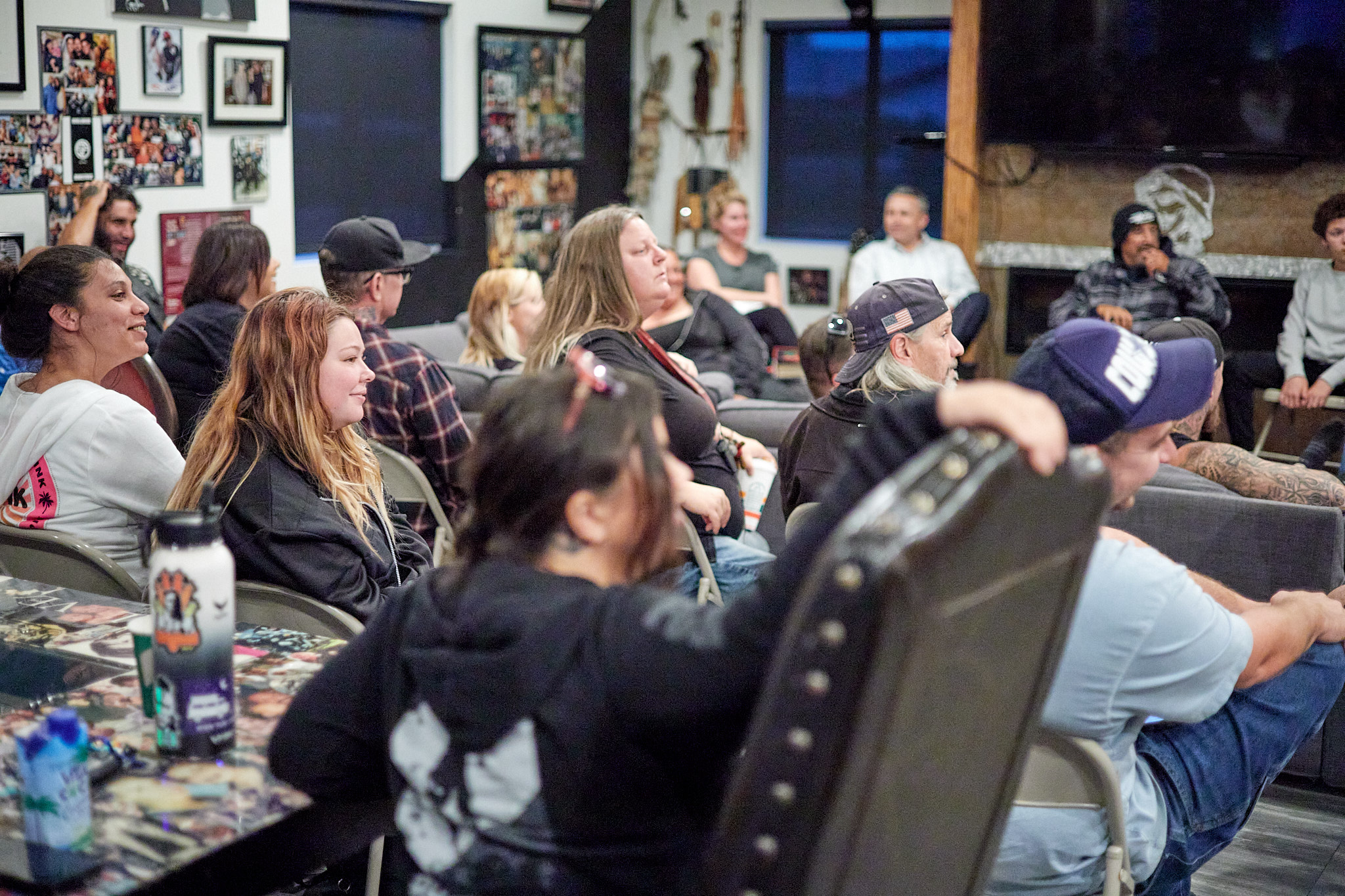
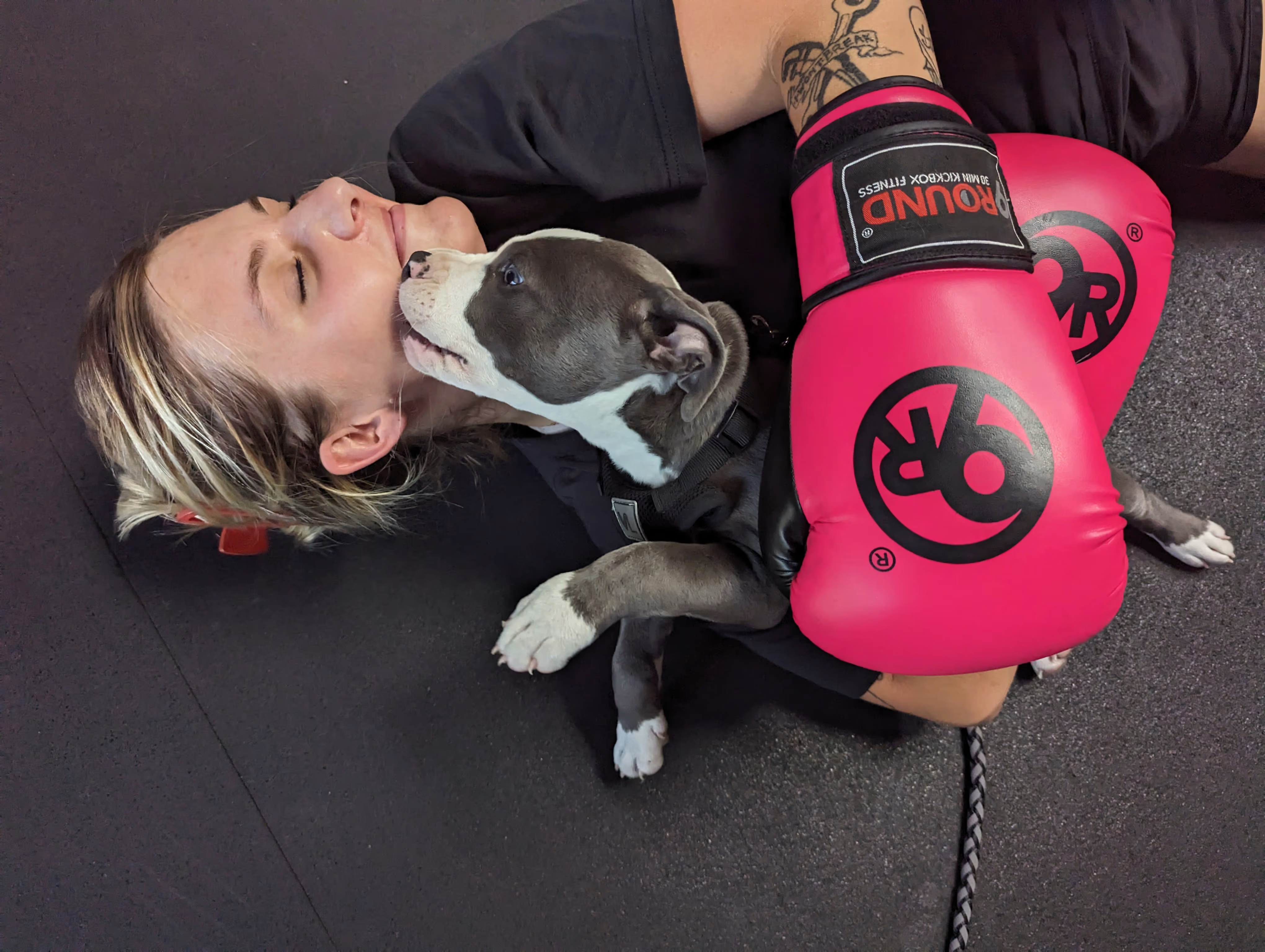

.jpg)
.jpg)
.jpg)

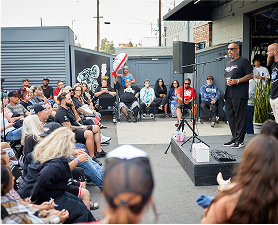


.png)


%20(1).avif)
%20(1).avif)
.avif)
.png)


.png)
.png)
.png)
.png)
.png)
.png)
.png)
.png)
.png)
.png)
.png)
.png)
.png)
.png)
.png)
.png)

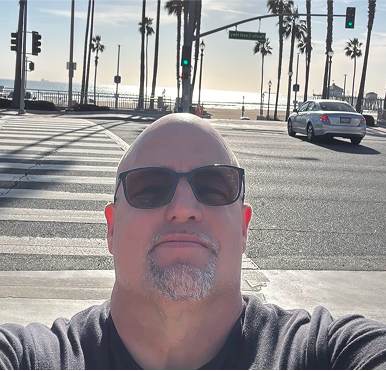

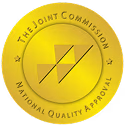
.png)
